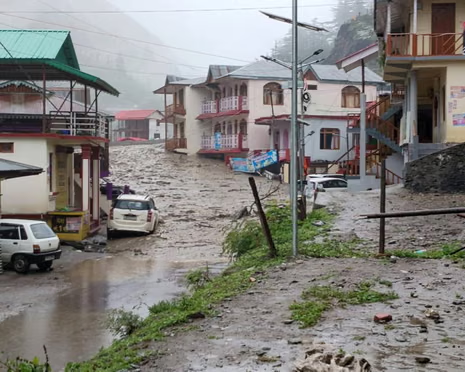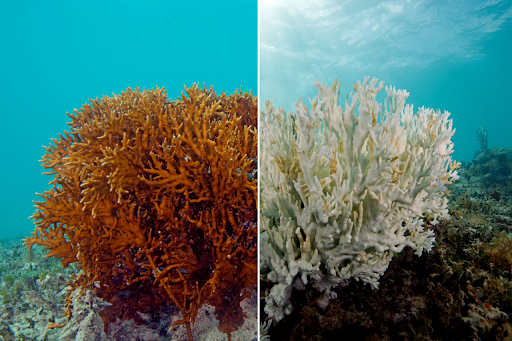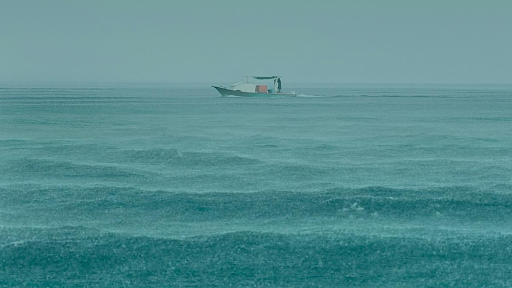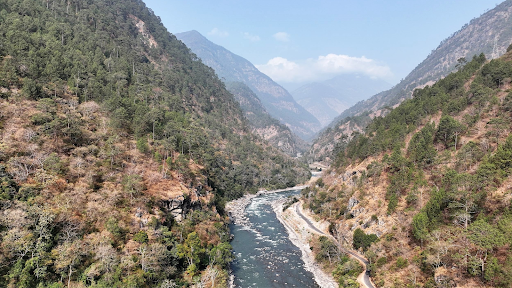




Disclaimer: Copyright infringement not intended.
Air quality in Delhi has struggled to improve after plummeting post-Deepavali, despite GRAP stage IV measures, Supreme Court intervention, and temporary actions by the Delhi government.
Satellite/Instrument |
Details |
|
NASA Aqua (2002) & Suomi-NPP (2011) |
Uses MODIS and VIIRS instruments to detect fires via visible and infrared imaging during overpasses at 1:30 p.m. and 1:30 a.m. local time. |
|
Ozone Mapping and Profiler Suite |
Measures aerosol levels to assess smoke impact on air quality. |
|
South Korea GEO-KOMPSAT 2A |
Provides continuous geostationary observations to capture fires missed by Aqua and Suomi-NPP. |
|
ESA Sentinel II |
Offers burnt area data every five days. |
|
Indian INSAT-3DR |
Tracks fire activity but with coarse resolution, limiting accuracy. |
|
Indian RESOURCESAT Series |
LISS-3, LISS-4, and AWiFS sensors detect fires with varying spatial resolutions. |
The CAQM is responsible for addressing air quality issues in the NCR and surrounding areas. Media reports suggest the CAQM was aware of farmers burning paddy stubble after NASA satellite overpasses to avoid detection. Despite evidence of post-overpass burning, the CAQM claims a decline in farm fires, defending this with alternative formulas, despite contradictions from other data sources.
|
NASA Scientist's Report |
On October 2, 2023, a NASA scientist reported a 40% reduction in farm fires and expressed optimism for a continued decline in 2024. |
|
2024 Farm Fires Observation |
By October 24, 2024, fires were reported to be the "lowest in the last decade." |
|
Possible Reasons for Decline |
The decline could be due to successful anti-burning efforts or farmers burning after the overpass of Aqua and Suomi-NPP satellites at 1:30 pm. |
|
Investigation Using Satellite Data |
Data from Aqua and Suomi-NPP was compared with South Korea's GEO-KOMPSAT 2A satellite, which offers continuous monitoring from its fixed position at 128.2º E. |
|
Late-Day Stubble Burning |
Satellite visuals indicated thicker smoke over Punjab and Haryana after Aqua and Suomi-NPP overpasses, suggesting increased fires later in the day. |
|
Contradiction in Aerosol Data |
Despite fewer fires reported by satellites, aerosol levels in the atmosphere remained comparable to previous years, indicating a need for more ground-level validation. |
|
Limitations of Satellite Method |
NASA satellites can only capture farm fires during a brief 90-second window, and experts suspect farmers may adjust burning times to avoid detection during these periods. |
The Commission for Air Quality Management (CAQM) recently informed the Supreme Court that ISRO is evaluating the effectiveness of various satellites in detecting farm fires. These include satellites from multiple countries, such as INSAT-3DR (India), GEO-KOMPSAT 2-AMI (South Korea), Meteosat-9 (Europe), Feng Yun-4A/4B (China), and HIMAWARI-8 (Japan).
However, ISRO experts have expressed concerns that these satellites may not be accurate enough to count fires effectively, and a final assessment is expected within a month.
The INSAT-3DR satellite, with its coarse resolution (1 km in visible and short-wave infrared, 4 km in middle and thermal infrared, and 8 km for water vapor), is considered insufficient for precise fire detection.
ISRO's GISAT-1 mission, which could have enhanced fire monitoring, faced setbacks when the GSLV-F10 rocket malfunctioned in August 2021, resulting in mission failure.
For monitoring, ISRO operates three RESOURCESAT satellites, with the RESOURCESAT-2A offering superior features such as the LISS-4 camera (5.8 m spatial resolution for visible and near-infrared radiation),
LISS-3 camera (23.5 m spatial resolution), and AWiFS camera (56 m resolution for wide-area monitoring). These resources are expected to play a crucial role in improving fire detection and monitoring capabilities.
READ ABOUT
Source:
|
PRACTICE QUESTION Q.Discuss the role of satellite technology in monitoring and mitigating the problem of stubble burning in India. Analyze the effectiveness of satellite-based monitoring systems in identifying and tracking crop residue burning events. (250 words) |










© 2025 iasgyan. All right reserved